Historiated initial OT prophet, Italy c.1320 (Emilia-Romagna)
£3,500.00
A Prophet in a historiated initial ‘I’ on a cutting from a Gradual, in Latin, illuminated manuscript on vellum [Italy (Emilia-Romagna), early 14th century]
A cutting, c. 265 × 115 mm; with part of four lines of text in gothic script and music on four-line staves ruled in red, the painted initial ‘I’ c. 150 × 60 mm, depicting a full-length barefoot figure, probably an Old Testament prophet, probably illustrating the mass on the 17th Sunday after Pentecost, “Iu[stus es domine et rec]tum” (You are just and right, Lord), preceded by the Offertory “Domine in a[uxilium]” and the Communion “Domine me[morabor]”, the verso with part of the Verse “[Beat]a gens [cuius est dominus]”; only the incipits of these lesser texts are given, and in each case a superscript number in red Roman numerals directs the reader to the folio on which the full text may be found.
The style of illumination is unusual and difficult to localise with precision. The artist seems to be aware of the work of the late 13th-century Maestro di Imola, from whom he probably derived his palette, ornamental details, and perhaps even the manner of painting rather boneless figures (see especially the exceptionally thin wrists here), sometimes, as here, depicted as if hanging in mid-air like a ghost. There is also something of the Bolognese “primo stile”, supporting an origin in Emilia-Romagna. On the Maestro di Imola, see Fabrizio Lollini, in Dizionario biografico dei miniatori italiani: secoli IX–XVI, ed. by Milvia Bollati (Milan: Sylvestre Bonnard, 2004), pp. 684–86; and for Bolognese illumination of the period, see Alessando Conti, La miniatura bolognese: scuole e botteghe 1270-1340 (Bologna: Nuova Alfa, 1981).
Be the first to review “Historiated initial OT prophet, Italy c.1320 (Emilia-Romagna)” Cancel reply
Product Enquiry
Related products
C14th -C16th manuscripts
Finely produced illuminated leaf from a French Psalter, c.1480
C14th -C16th manuscripts
Finely produced illuminated leaf from a French Psalter c.1480
C14th -C16th manuscripts
Illuminated inital 1500 huge leaf on vellum, from Siena or Florence.
C14th -C16th manuscripts
C14th -C16th manuscripts
Partial bifolium C15th from Breviary, Germany, with later annotations.
C14th -C16th manuscripts
Historiated initial in gold for the opening of ‘Speculum historiale’, Vincent de Beauvais c.1430
C14th -C16th manuscripts
C14th -C16th manuscripts
A C14th cutting from a Noted Breviary with music on a 4-line stave arranged around a red clef line

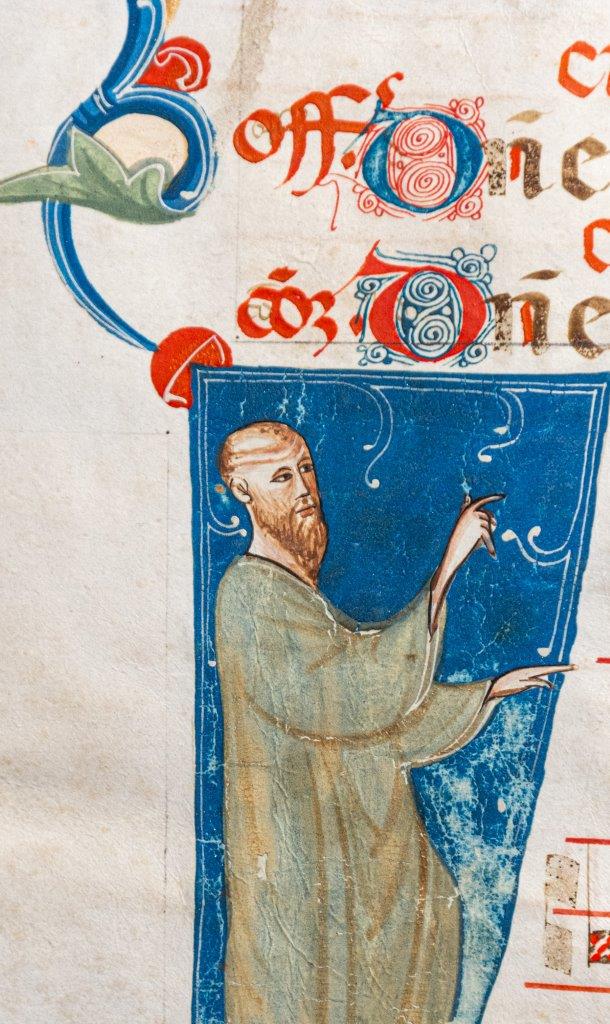
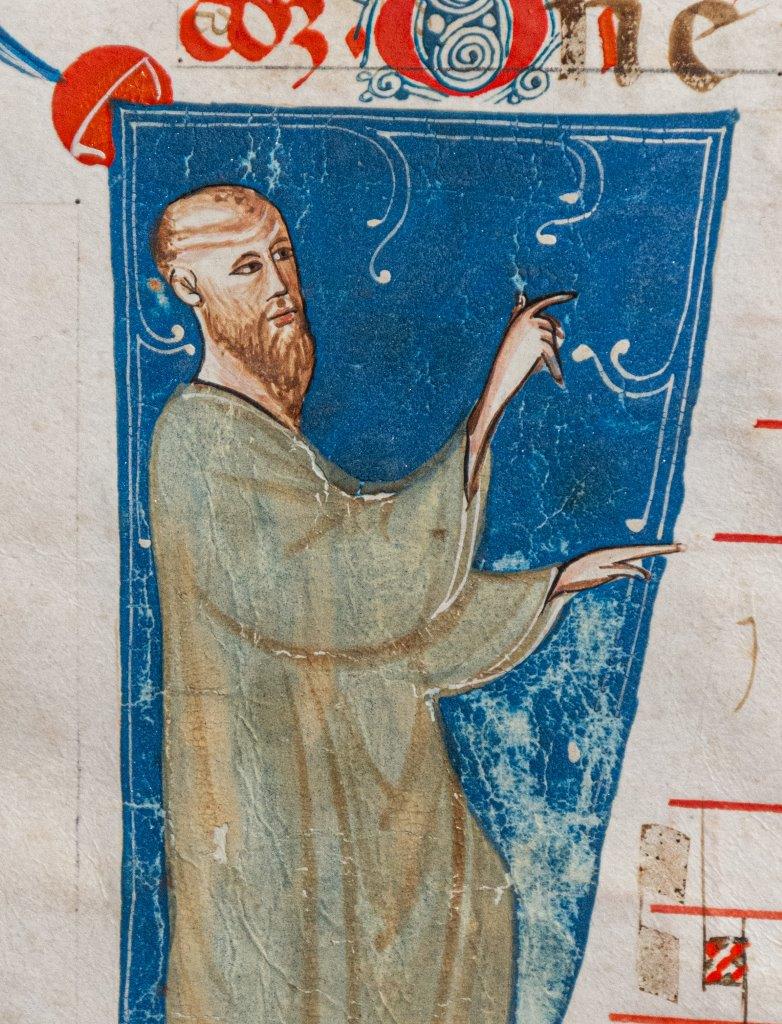
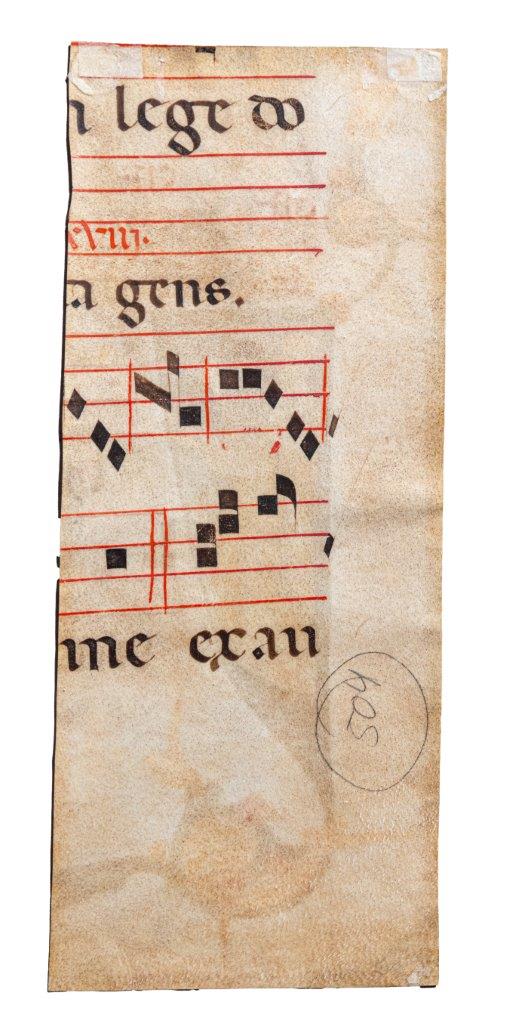
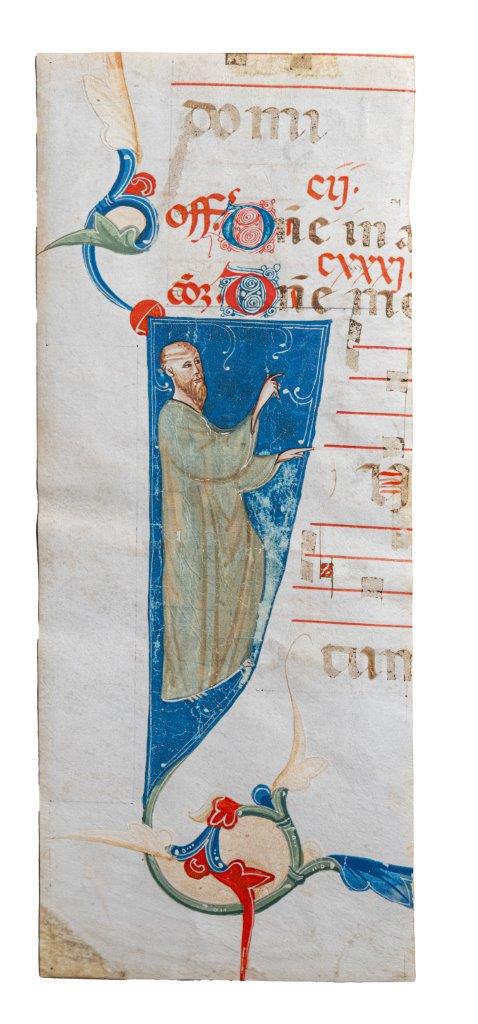
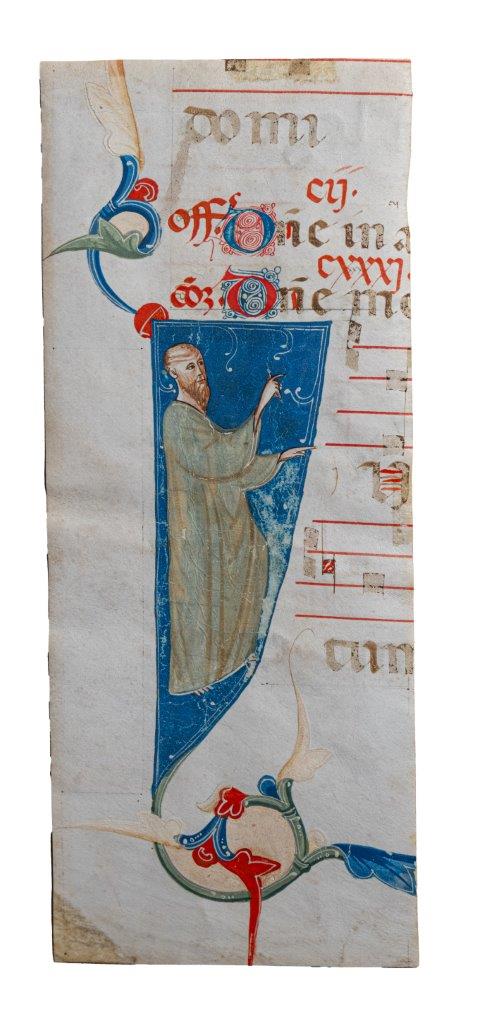
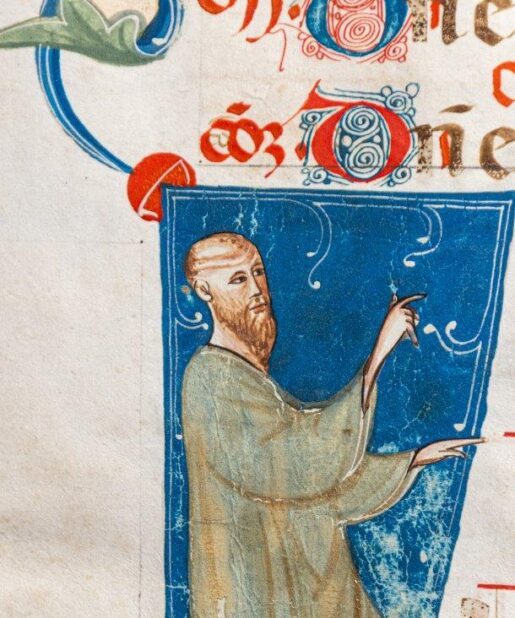
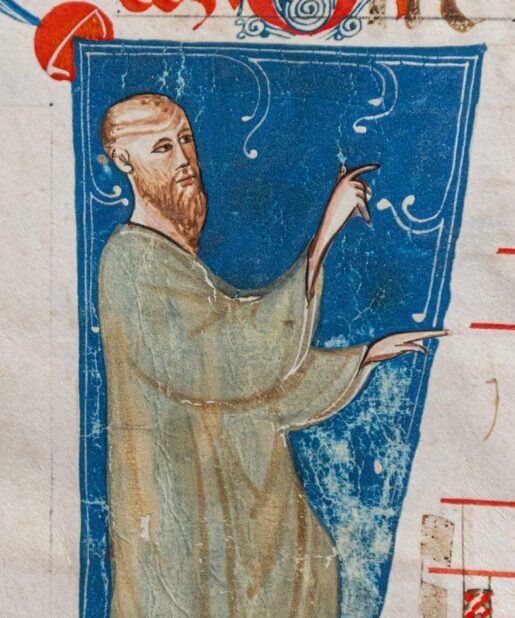
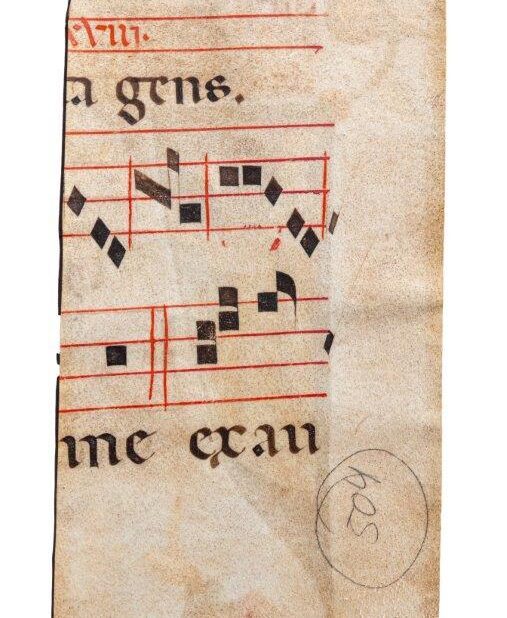
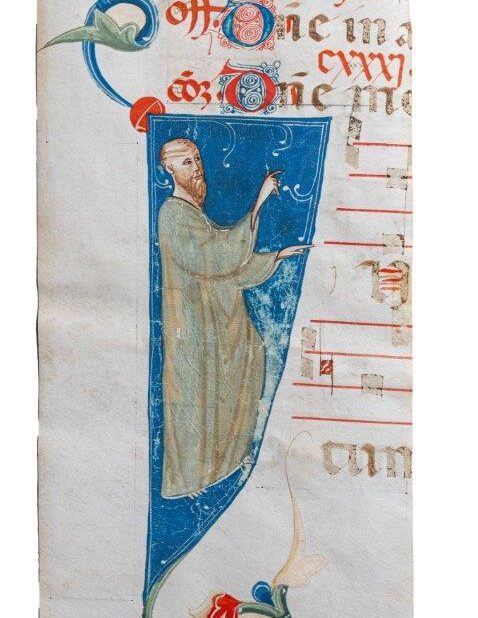
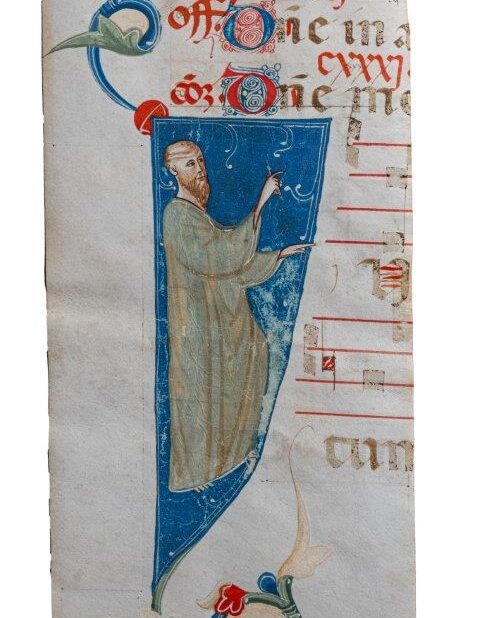

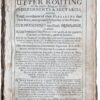
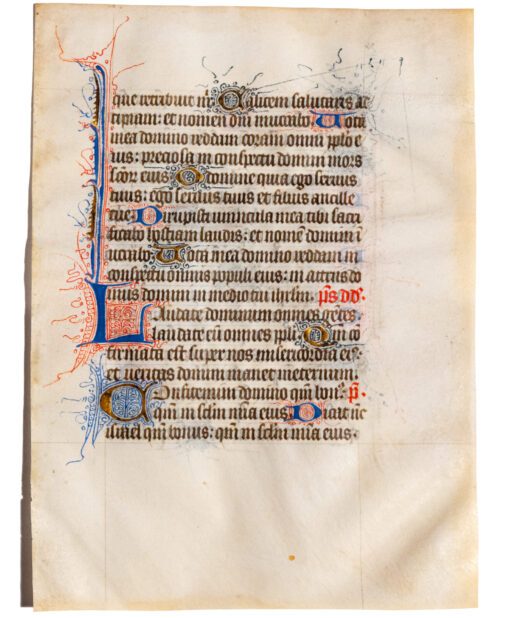
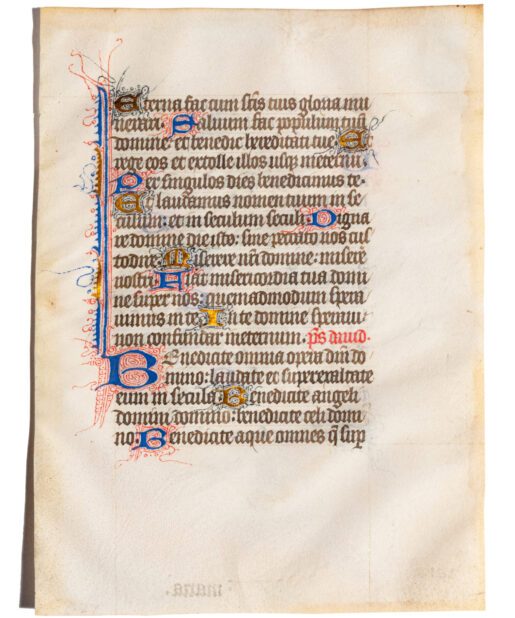
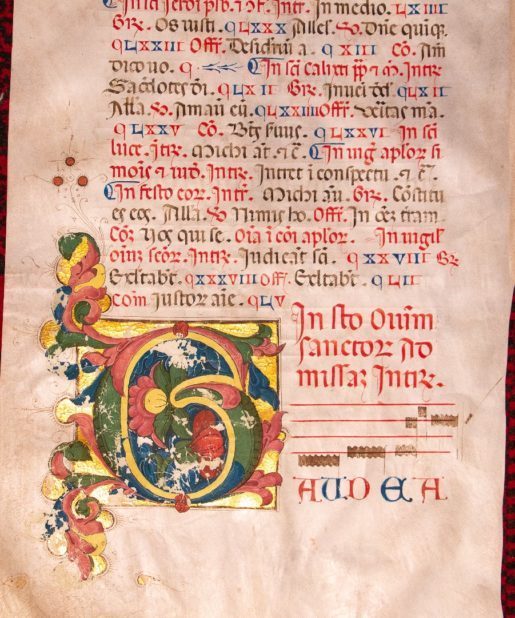
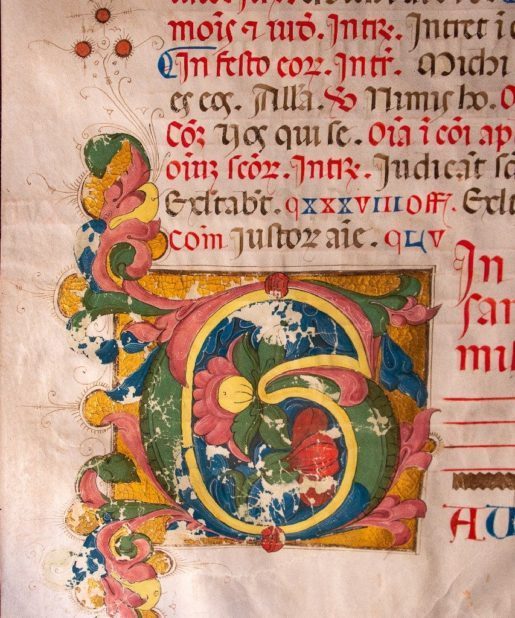
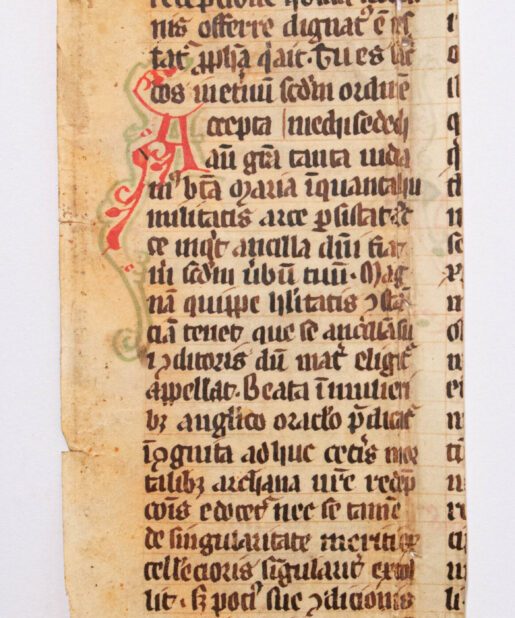
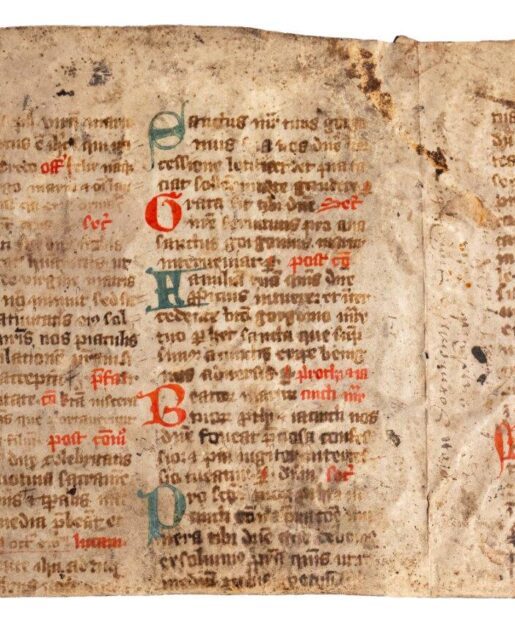
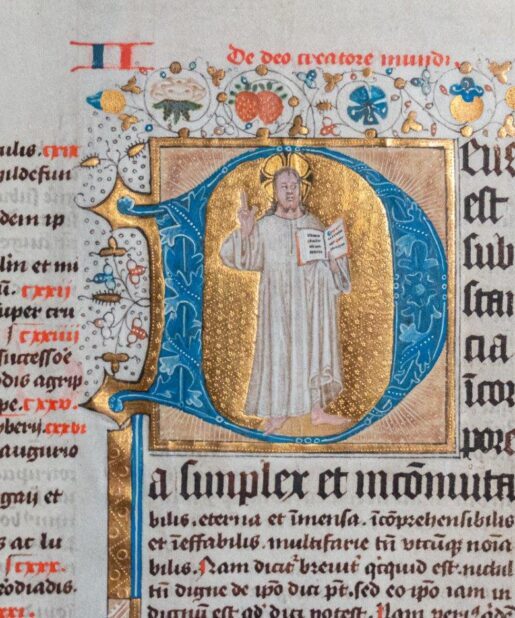
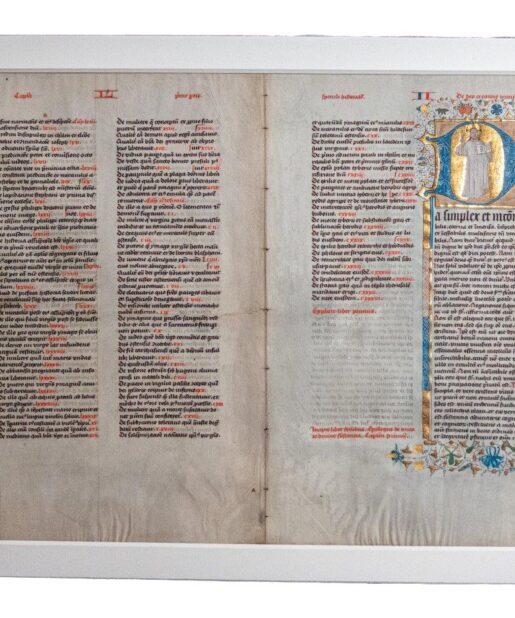
![Leaf from Baldo degli Ubaldi (1327–1400), Sextum codicis librum commentaria [Italy, late 15th century] Leaf from Baldo degli Ubaldi (1327–1400), Sextum codicis librum commentaria [Italy, late 15th century]](https://butlerrarebooks.co.uk/wp-content/uploads/2023/07/IMG_0101-515x618.jpg)
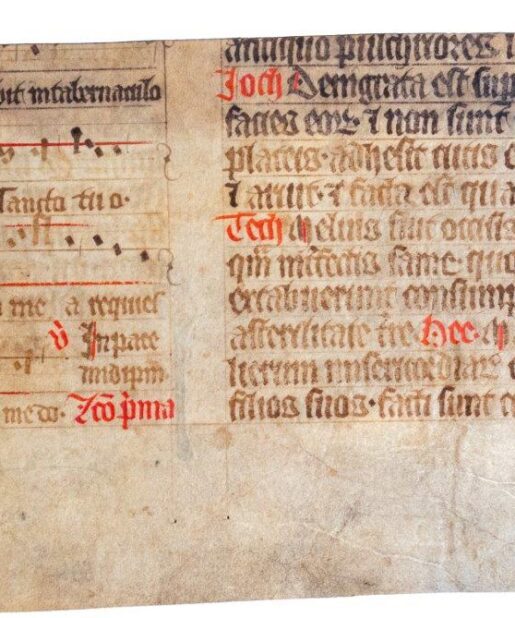
Reviews
There are no reviews yet.